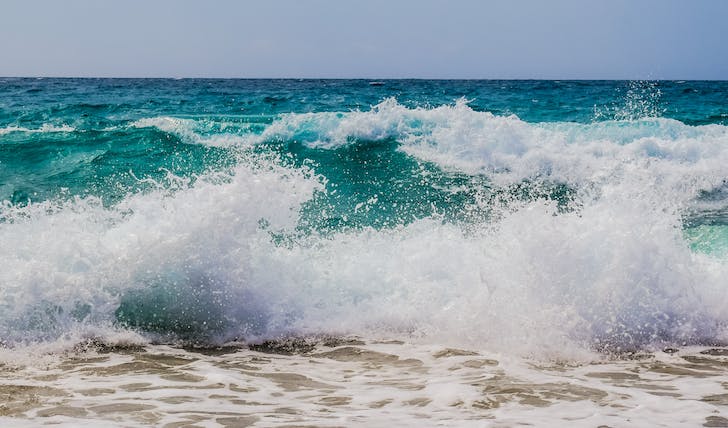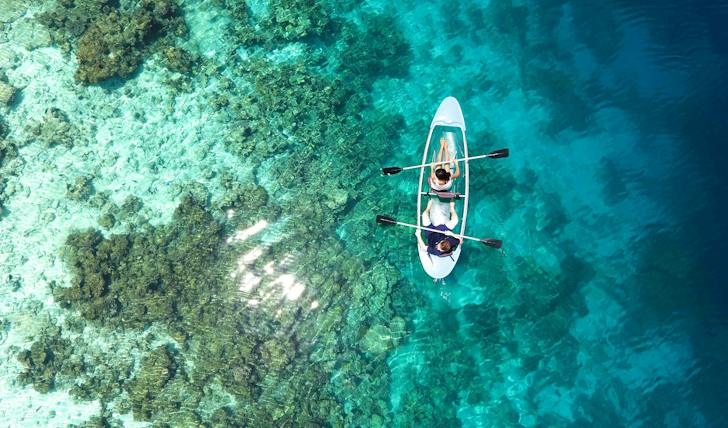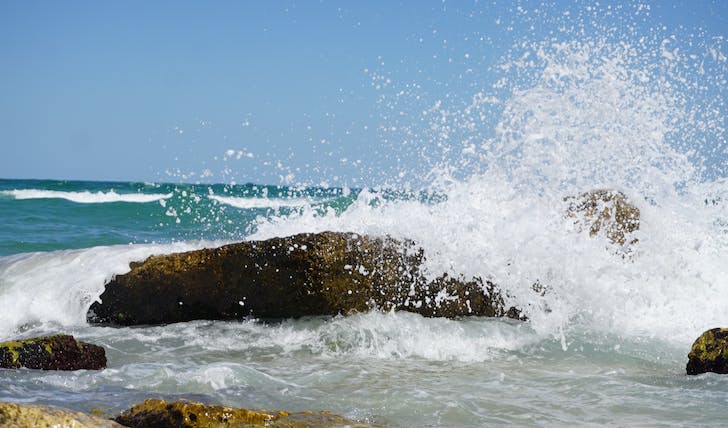The world’s oceans, vast and enigmatic, have always captivated humanity. Yet, despite their allure, the depths of the seas and the activities on their surfaces have largely remained cloaked in mystery. Today, a groundbreaking confluence of artificial intelligence (AI) and satellite imagery is changing that narrative, providing an unprecedented, in-depth look into oceanic activities.
This transformative research, recently published in Nature and led by the innovative Global Fishing Watch, a Google-supported nonprofit, marks a historic leap in our understanding of the marine world.
A Milestone in Ocean Observation
This research represents a pioneering step in marine surveillance and understanding. By leveraging the power of AI with the global reach of satellites, scientists have achieved what was once deemed impossible:

- Detailed mapping of human activities at sea
- Identification of previously untracked industrial fishing operations
- Revelation of unmonitored transport and energy activities
The Hidden Depths Revealed
The study’s revelations are as surprising as they are significant. The research finds that approximately 75% of the world’s industrial fishing vessels operate outside of public tracking.
This lack of visibility has far-reaching implications, particularly for global conservation efforts and the sustainable management of ocean resources.
The Critical Need for Enhanced Monitoring
The immense size of the oceans has historically made comprehensive monitoring a formidable challenge. However, the advent of AI and satellite technology has ushered in a new era of oceanic transparency. Enhanced tracking and monitoring capabilities are essential for:

- Enforcing fishing regulations and maritime laws
- Protecting vulnerable marine ecosystems and species
- Developing informed, sustainable policies for ocean resource use
AI and Satellite Imagery: A Potent Combination
The synergy of AI and satellite imagery in this research is nothing short of revolutionary. AI’s ability to process and analyze vast datasets complements the wide coverage offered by satellites. This combination is particularly effective in detecting illegal and unregulated fishing activities and uncovering hidden shipping routes
However, the impact of this research on the future of ocean conservation cannot be overstated. It opens up new possibilities for:
- More effective enforcement of international maritime regulations
- Identification and prevention of illegal maritime activities
- Informed decision-making for sustainable ocean management

A Call to Collective Action
This groundbreaking study sheds light on hidden ocean activities and underscores the need for collective action. It highlights the urgent need for:
- Greater collaboration between governments, industry, and conservation groups
- Public awareness and advocacy for sustainable ocean use
- Leveraging technology for the betterment of marine environments
Thus, the integration of AI and satellite imagery in marine research represents a turning point in our relationship with the oceans. This research not only provides a window into the once-obscure activities within our seas. But it also paves the way for more responsible and sustainable interaction with the marine world.
As stewards of the planet, it is our collective responsibility to harness these technological advancements to ensure the preservation and health of our oceans for future generations. This historic study serves as both a revelation and a call to action, urging us toward a future where the mysteries of the ocean are not just unraveled but also revered and protected.



